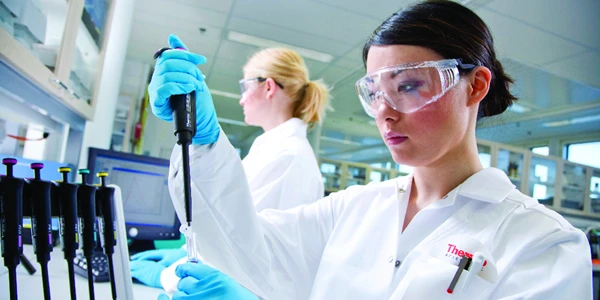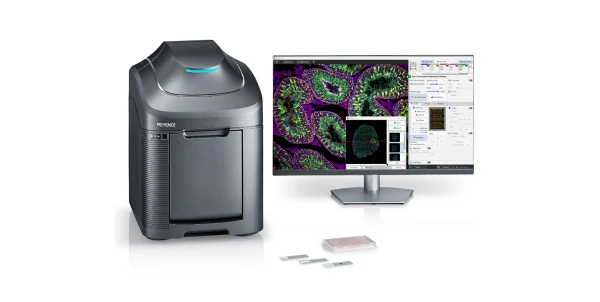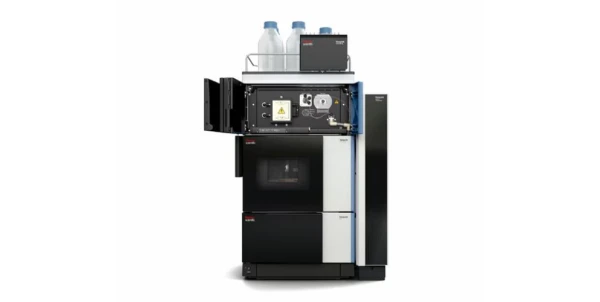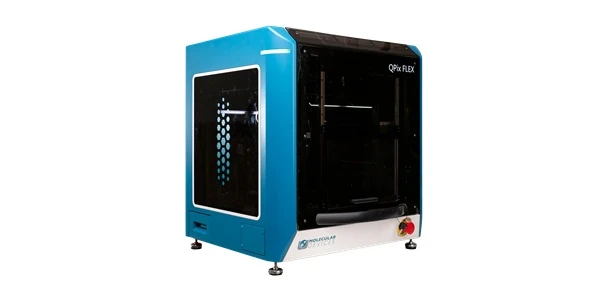The Science of Cannabis Consumables Grows and Diversifies
Techniques are emerging to deliver better and more effective cannabis products
As the acceptance and legality of cannabis have grown, so has the range of available cannabis products. Many routes of cannabis consumption have become popular beyond conventional combustion and inhalation. Closer attention to the chemical profile and source of cannabis has become important as well, particularly for those looking to avoid high THC concentrations in favor of alternative cannabinoids—such as CBD—and terpenoids with medicinal value.
Thanks to advances in cannabis genetics, cultivation, and extraction, the evolution of cannabis consumption has given way to a wider and more prolific range of cannabis products.
The benefits of live resin
One example of this progress is the concept of “live resin” and the emergence of a multitude of new products based on the expanded chemical profile of this material.
More complete information is being accrued on genetics and the effects of cultivation conditions on the chemical profile of cannabis. It is becoming clear that some of the chemical diversity of a plant may be lost through traditional methods of harvesting, drying, and curing cannabis. Live resin, captured directly after cannabis harvesting, may provide a way to preserve the natural state of the plant and the portfolio of chemical compounds therein.
According to the National Cannabis Industry Association glossary of commercial manufacturing terms, live resin is defined as a “cannabis extract product produced from plant material that was harvested and stored such as to preserve the chemical profile of the living plant, typically by freezing or freeze-drying the material shortly after harvesting.” Processes including evaporation, decomposition, conversion, and development—activities implicit in standard drying and curing—can yield a product that is different from the living version of the plant. The concentrations and range of different cannabinoids and terpenes may be dramatically altered, regardless of the genetics or cultivation conditions. This, in turn, may impact desired qualities and health effects of downstream cannabis consumables.
Processors and extractors have taken notice of the trending concept and have developed streamlined methods for freeze-drying and extraction of live resin. These extracts, in turn, are finding their way into a multitude of products, from vapes to gummy bears and more. It will be interesting to see how these products evolve with increased interest and a more complete scientific understanding of the basis of these natural chemical profiles.
Protect the gummy bears
Speaking of gummy bears... They are one of the most popular cannabis consumables due in part to their method of preparation and their effectiveness upon consumption. During preparation, concentrated cannabis extracts can be mixed in a suspension upon heating the edible above its melting temperature. Upon cooling, the gummy bears take a solid shape containing a well-dispersed concentration of the extract. Importantly, the method generally provides a reliable means of cannabinoid dosage and results in a sample that is more amenable to accurate potency testing than complex matrices.
A problem with cannabis gummy bears—and gummies in general—is the potential to be confused with non-cannabis gummies. One can imagine the issues that could ensue should consumption fall into the wrong hands.
To address the issue, there is new testing technology on the market that allows for the detection of THC and other cannabinoids in gummy bears and gummy products. The testing kits can also sample other edibles, vape pens, plant material, and even surfaces that come in contact with THC or any cannabinoid present. The method consists of swabbing the material and then exposing the swab to a test card containing detection reagents.
The test kit is considered a presumptive analysis. A positive result is indicative of the presence of at least one cannabinoid present in the sample. The test is not intended to identify the specific cannabinoid nor how many cannabinoids might be present in a sample. In addition, the test stops short of indicating concentrations, dispersal throughout the test sample, or information on the sample potency.
Such a test does, however, provide a good measure of identification to discern non-cannabis from cannabis consumables. Results must be followed up with lab testing whenever more definitive identification and potency are needed. Nonetheless, testing solutions such as this increases the safe handling and administration of cannabis products—an important safeguard as the market for consumables continues to grow.
Cannabis beverages
There is a growing history of the melding of cannabis and alcoholic beverages. Hemp and hops share common family ties. Both belong to Cannabeceae, with interesting similarities on the physical and chemical levels.
As acceptance and legality of cannabis have grown, so has the number of companies looking to infuse beverages—alcoholic and non-alcoholic—with cannabis extracts and compounds. Some have met with marginal success, although the issue of limited cannabinoid solubility in water-based solutions has persisted. Nanoemulsion and formulation technologies have sought to address these challenges, propelling the field forward despite the solubility and bioavailability interant roadblocks.
Cannabis companies, hesitant to go the beverage road alone, have sought ties with established major brands in order to reach sustainable levels for production and distribution. In certain cases, the beverage companies themselves have invested in cannabis processing in hopes of bringing the product in-house when the time comes to commercialize.
An interesting story currently unfolding is the case of Tilray Brands Inc, which owns both a beer division and a cannabis production and processing division. The company has recently made number 9 on the top craft brewers list in the US and includes hemp components—in the form of terpenes—in its Sweetwater Brewing Company 420 strain series. The company seems well-positioned to deliver cannabis-infused craft beer as progress on the legal and commercial fronts grows.
Summary
Many exciting developments are afoot in the cannabis consumables industry. As cannabis inches closer to federal legalization and regulation, leading-edge technologies will be ready to move quickly and capitalize on new consumable products and markets.










